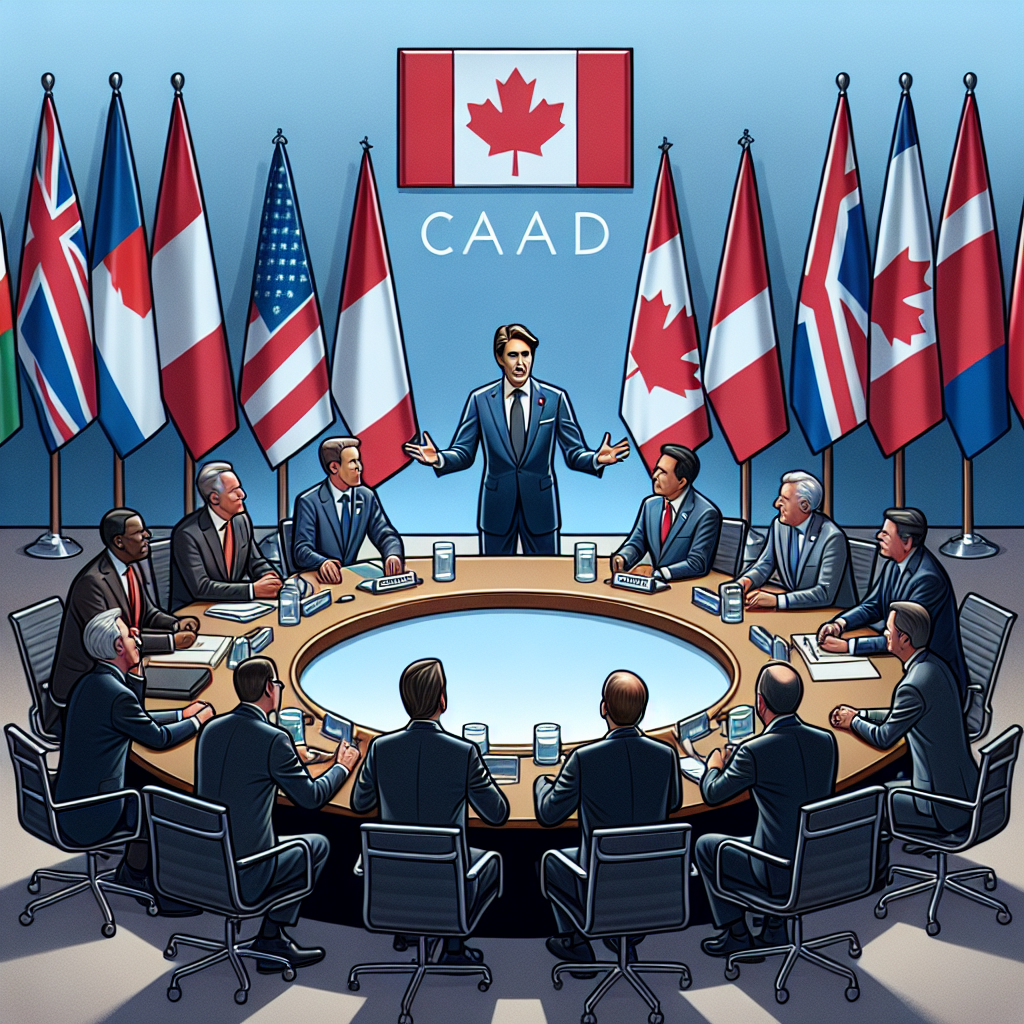On June 17, 2025, President Trump attended the G7 summit in Canada on Monday (June 16) and held bilateral talks with Canadian Prime Minister Carney. Trump stated after the meeting that the two sides are expected to reach a new bilateral trade agreement within a few days, indicating a positive turnaround in the tense US-Canada relationship due to the tariff dispute.
Media reports indicate that Carney first wished Trump a belated happy birthday in his speech and praised Trump’s leadership in many areas. Trump stated that the two leaders will discuss trade and other issues, noting that his senior economic officials were also present at the meeting. US Treasury Secretary Bessent was also in attendance.
“We may have different ideologies, but we both have excellent ideas. I have my tariff plan; I am a tariff man, while Carney has his own more complex but also good ideas,” Trump told reporters. “I think we can get it done within a few days.”
Trump mentioned that he and Carney have begun preliminary negotiations on a new Canada-US trade agreement, and both sides are trying to “clarify the bottom line”. This marked Trump’s first attendance at a G7 summit during his second term.
In recent months, trade tensions between the US and Canada have escalated sharply. Trump imposed tariffs of up to 25% on Canadian steel and aluminum from March this year, citing combating fentanyl smuggling and illegal immigration, sparking strong protests from Canada. In retaliation, Canada imposed 25% tariffs on US goods worth $155 billion, escalating bilateral tensions.
During the G7 summit, trade issues were in the spotlight, especially with the upcoming new round of retaliatory tariffs by the Trump administration scheduled to be launched in July. This measure includes the possibility of further impact on Canadian imported goods, such as raising steel and aluminum tariffs to 50% and imposing 25% tariffs on automobiles, creating greater pressure in the negotiations. The measure is part of a 90-day tariff buffer period set by the Trump administration, which expires on July 8. If no agreement is reached by then, high tariffs will automatically be reinstated.
Nevertheless, Carney expressed hope during the summit in resolving the dispute through negotiations and indicated a model for revising new trade terms under the US-Mexico-Canada Agreement (USMCA), referencing recent bilateral agreements between the US and the UK. The White House also expressed goodwill, emphasizing Trump’s willingness to establish a “mutually beneficial but fair economic relationship” with Canada.
Trump and Carney also exchanged views on energy cooperation, semiconductor supply chains, and Arctic security issues, indicating that the agenda has gone beyond the scope of trade. It is expected that in the coming weeks, more intensive negotiations will take place between the two sides.
The current summit is hosted by Canada in Kananaskis, Alberta, with leaders from the world’s seven major economies in attendance. During the G7 summit, Trump will also meet with other member country leaders, including Japanese Prime Minister Shigeru Ishiba and German Chancellor Merkel, while promoting the strategic role of the US in global supply chains and defense industries.
G7 leaders are planning to strengthen critical mineral supply chains to reduce reliance on China. These minerals are widely used in advanced manufacturing industries such as smartphones and wind turbines.
According to draft documents obtained by Bloomberg, G7 member countries plan to diversify the supply of critical resources like rare earths and call for “immediate and substantial investments” in related projects. While not explicitly naming China, the document emphasizes that “non-market policies and practices in critical mineral sectors are threatening our ability to access many vital resources, especially rare earth elements essential for industrial production.”
Currently, almost 70% of the world’s rare earth production comes from China, which is a major supply source.

